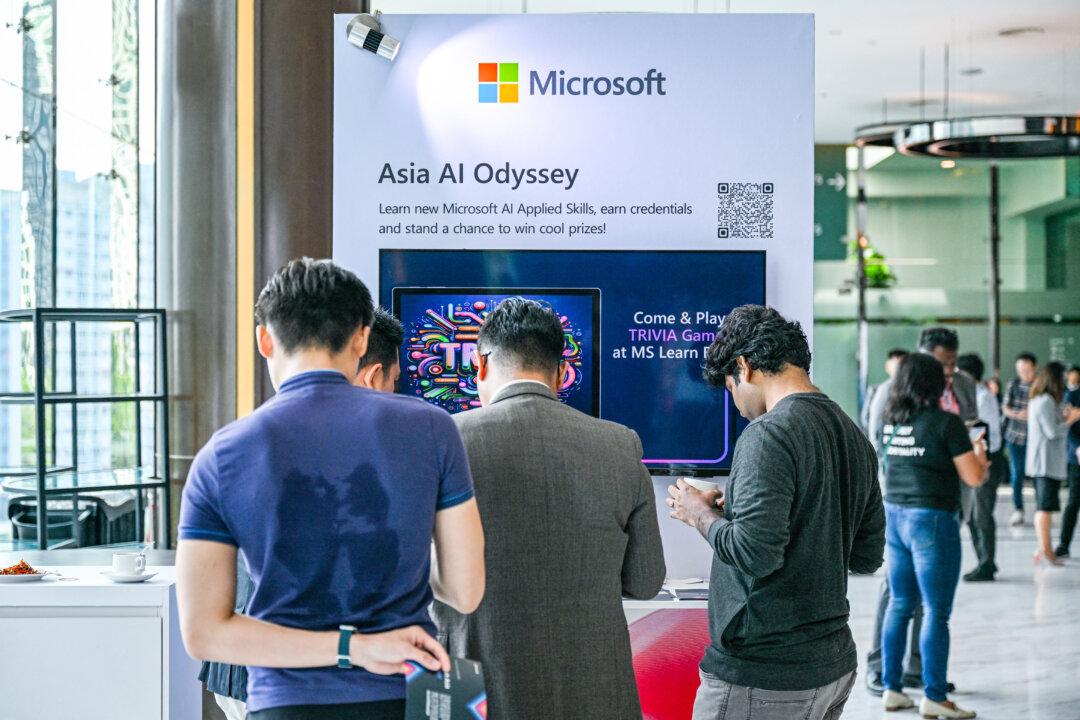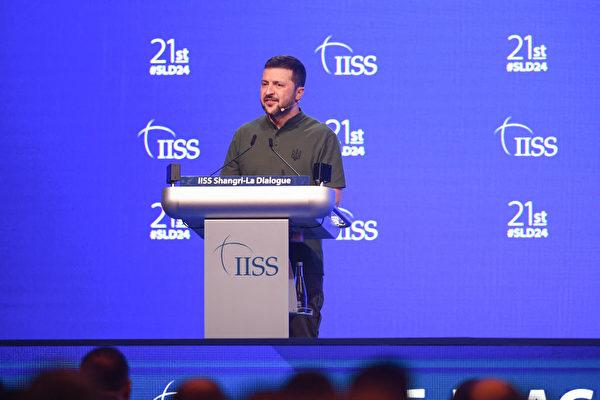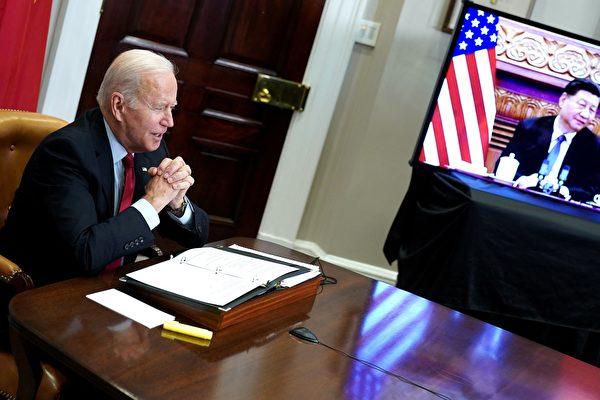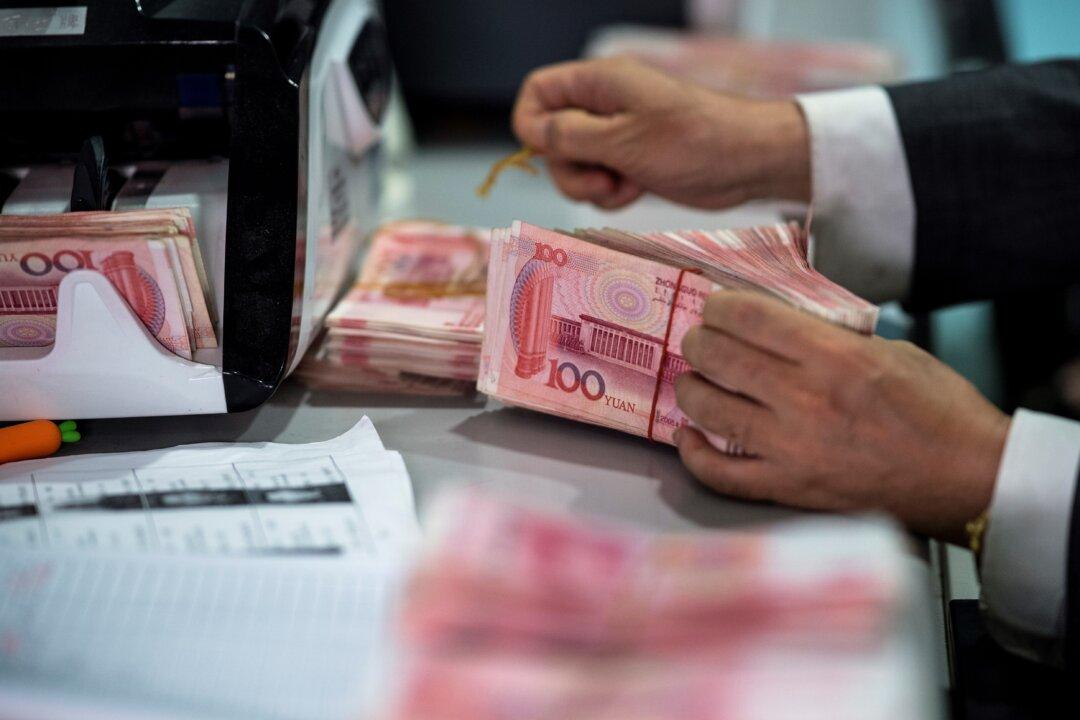China’s political and economic environment is in a state of decline as geopolitical confrontations with Western countries increase. This has led to a significant shift in foreign investment from China to Southeast Asia. Recently, tech giants such as Apple and Microsoft have toured Southeast Asia, pledging billions of dollars in investments to develop artificial intelligence (AI) and cloud infrastructure in the region.
Targeting Southeast Asia
Over the past few months, representatives from tech giants like Apple, Microsoft, and NVIDIA have visited Southeast Asia, meeting with leaders of countries such as Indonesia, Malaysia, and Thailand, and proposing large-scale investment plans.Earlier this month, Microsoft CEO Satya Nadella announced an investment of $2.2 billion in Malaysia to develop cloud and AI infrastructure following his visit to Malaysia, Indonesia, and Thailand. This marks Microsoft’s largest single investment in Malaysia in 32 years. Mr. Nadella also announced a $1.7 billion investment in Indonesia late last month to provide AI training and job opportunities for 840,000 people.





